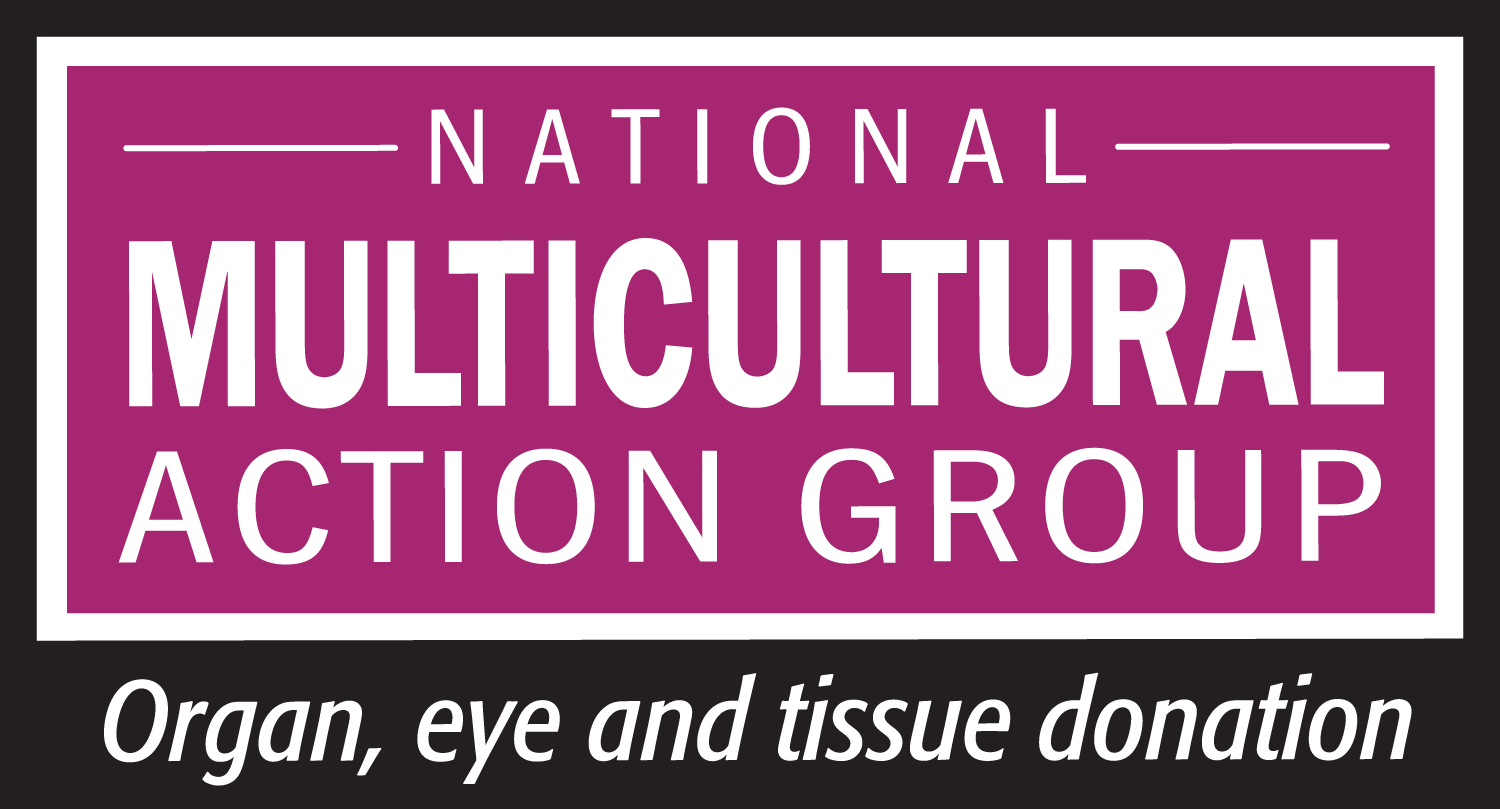Living Donation
What is Living Donation?
Living organ donation offers another choice for some transplant candidates, reducing their time on the waiting list and leading to better long term outcomes for the recipient.
Living tissue donation, birth tissue, is used to promote healing and to treat burns and painful wounds.
The Need
A living donor is an option for patients who otherwise may face a lengthy wait for an organ from a deceased donor. To spare an individual a long and uncertain wait, relatives, loved ones, friends, and even individuals who wish to remain anonymous may serve as living donors.
Kidney and liver transplant candidates who are able to receive a living donor transplant can receive the best quality organ much sooner, often in less than a year.




More than 100,000 people are on the national transplant waiting list.
More than 85% of patients waiting are in need of a kidney.
11% of patients waiting are in need of a liver.
In 2020, 5,700 more lives were saved through the generosity of living donors.

Key FACTS ABOUT LIVING DONATION
- Living donation is an opportunity to save a life while you are still alive.
- Living organ donation and transplantation was developed as a direct result of the critical shortage of deceased donors.
- Living donors don’t have to be related to their recipients. On average, 1 in 4 living donors are not biologically related to the recipient.
- Patients who receive a living donor transplant are removed from the national transplant waiting list, making the gift of a deceased donor kidney or liver available for someone else in need.
- If you are considering being a living donor, it’s important to note that living donation is not included in your deceased donor registration. In 2022-23, you will be able to register your interest in being a living donor in the National Donate Life Living Donor Registry (check back for updated information). A living donor transplant program will conduct a full evaluation to determine your eligibility to be a living donor.
